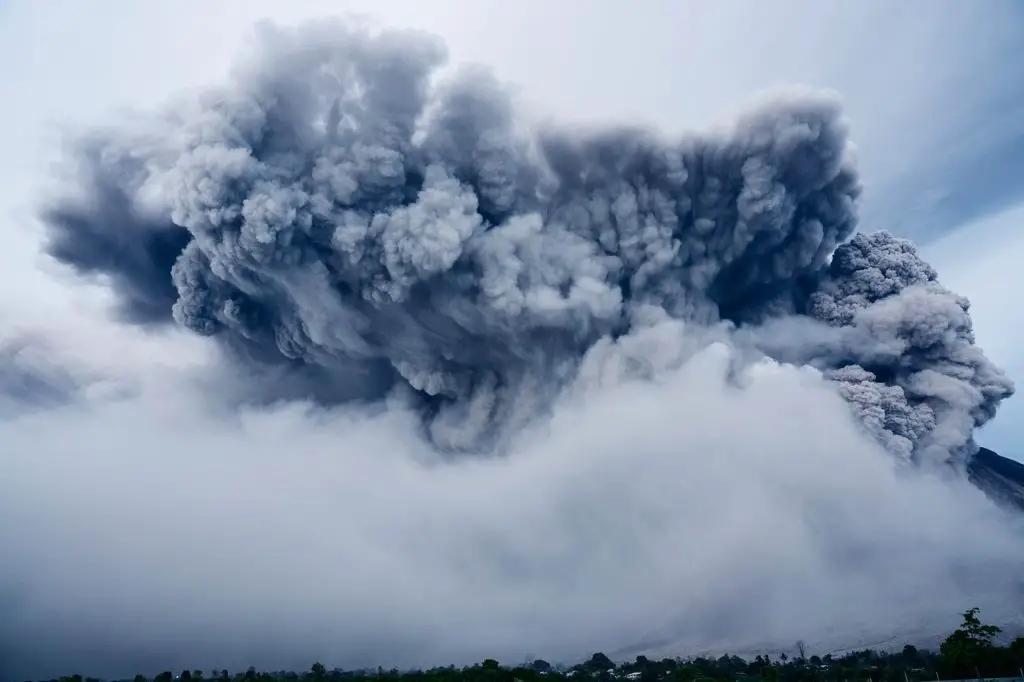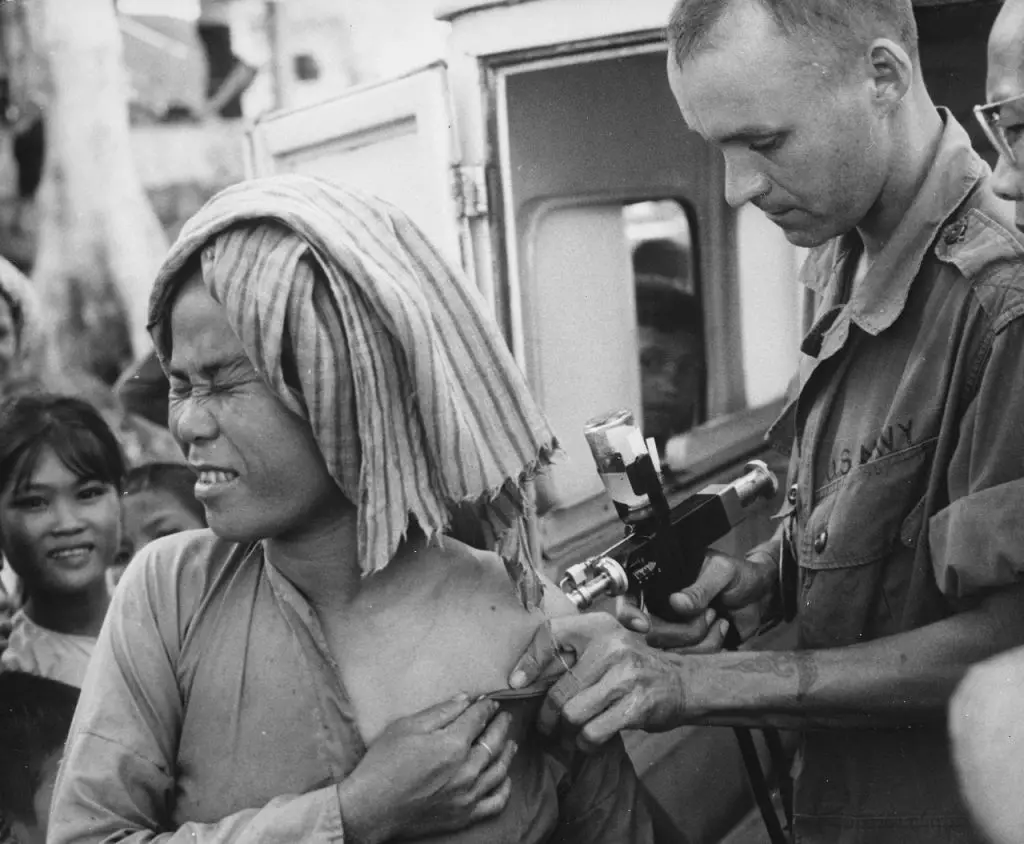 uring the invasion of Bulgaria by Romania in the Second Balkan War, both armies lost thousands of soldiers, but no bullet was fired. An unseen enemy decimated the fighting troops, causing the first suspicion of biological warfare in modern history.
uring the invasion of Bulgaria by Romania in the Second Balkan War, both armies lost thousands of soldiers, but no bullet was fired. An unseen enemy decimated the fighting troops, causing the first suspicion of biological warfare in modern history.
In 1913, against the background of the Second Balkan War, Romania was to launch one of the most bizarre military campaigns in the entire history of East Europe. While Bulgaria was at war with Greece and Serbia over a number of territories, the Romanian army invaded the state south of the Danube, taking advantage of the fact that the vast majority of Bulgarian troops were merged on the Balkan front.
Initially, the Romanian attack wanted to settle the dispute with the Bulgarians related to the south of Dobrogea, but, in the face of Bulgarian soldiers not opposing much force, Romanian troops came to occupy a large part of Bulgaria, and not far away from conquering the capital of Bulgaria (Sofia). Beyond the statements of the belligerents and the movements of the troops, the mentioned conflict would go down in history, and as a less common fact. Although during this war no Romanian or Bulgarian soldier was killed by either hand or the bullet of the enemy, during the confrontation both armies were decimated by an unseen enemy: cholera.
The relation between Romania and Bulgaria
Dobrogea, a pretext for scandal. If in 1878, there was a real brotherhood between the new Bulgarian state and Romania — after all, Romania had just contributed substantially to their liberation from the Ottomans, after five centuries of occupation. In the following years relations cooled constantly. Even before 1900, Bulgarian politicians began to claim that Dobrogea belonged to Bulgaria — even such enormities were claimed: 80% of the province’s population is Bulgarian! — , which ignited the politicians from Dâmboviţa quite a bit, since they claimed the opposite.
In fact, the truth is a little in the middle. Dobrogea was under the Ottoman rule for at least five centuries, as was the rest of the modern Bulgarian state, but it was not previously part of the Bulgarian lands, but under the rule of the Wallachian voivodes. At the same time, Romania’s rule over southern Dobrogea (still an apple of discord today) can be considered legitimate as long as Russia — the great winner of the 1877–1878 war — negotiated Dobrogea against southern Bessarabia.
It was a barter that essentially repaired part of history (the province became part of Wallachia), but irreparably damaged another, because it cut Bessarabia. False heroism and the invisible enemy took over the news ss the tone intensified long after 1910, and the territorial claims of the Bulgarians had become overt. The outbreak of the Second Balkan War was the perfect pretext for Romania to develop its neighboring quarrel and take back the land which once was theirs.
As a result, in 1913, when the Bulgarian armies were in full confrontation with the Greeks and the Serbs, the Romanians crossed the Danube and occupied four regions: Vraţa, Plevna, Vidin, and Târnovo. The conquest was far from an act of great heroism, for no Bulgarian soldier kept the path of the Romanians, the small local garrisons preferring the way of retreat in the illusory expectation of the armies on the southwestern front.
Cholera: the invisible enemy
Despite the bewildering statements of those days — the Romanians presented themselves as true heroes, the Bulgarians accused the Romanians of mischief — the Romanian campaign in Bulgaria was essentially a disaster. Thousands of soldiers left their bones there, and the territorial gain would be lost after only three years, following the most painful Romanian defeat in modern history: the battle of Turtucaia.
Beyond all this, however, the fact that over 3,000 Romanian soldiers died and were buried in Bulgaria, in common pits, remains deeply embedded in history, although they did not even manage to face the enemy. They were killed by an invisible enemy — cholera — who in August-October 1913, like a real ninja, would kill not only over 2,000 Bulgarian sodas but also about 10,000 civilians.
The first biological war in Europe?
The really surprising part is that the Bulgarians used the cholera epidemic to accuse the Romanian army of … biological warfare. Newspapers in unoccupied Bulgaria abounded during that period with virulent attacks on “Romanian invaders”, who were described as “unscrupulous imperialists who did not back down from the sick population to subjugate them more easily” (the newspaper “Bulgaria”, November 1913).
The exaggeration of the Bulgarians is obvious, because, in a sense, 20% of the dead were Romanian soldiers, so the variant of a deliberate biological attack is, without a doubt, a great stupidity with a propagandistic substratum. At the same time, however, the statements about the poor hygiene of the Romanian army — contained in a report made by the Bulgarian doctor Rousseff, head of the national health service — seem to be somehow confirmed by the high rate of illness among Romanian soldiers.
“It is established that the Romanian soldier is very dirty and eats without choosing food: uncooked polenta, raw fruits and greens, drinks even dirty water and others,” the doctor wrote, bringing to public knowledge a number of other somewhat shocking statements. It would seem that the Romanian army did not have any bathing system. This was done in rivers and ponds, there were even cases in which soldiers bathed in … the sewerage of some cities (Plevna, Lucovit, Kneja are mentioned).
It is difficult to determine the truth of this report but we are aware that Eastern European armies were not the best when it came to hygiene, especially when being on a foreign front. As far as I am aware, hygiene could have been a problem, but this is not exactly an explanation for the cholera outbreak, as if the report were to be true, the soldiers should have died before entering Bulgaria.
According to the statistics of the Bulgarian Sanitary Service, between August and November 1913, 16,263 people died of cholera. Rousseff’s report shows that 6,700 people (including 3,000 soldiers) died in the territories controlled by the Romanian army, and 9,256 died in the counties under Bulgarian rule. The conclusion of the quoted report was simple and denigrating: the Romanian army would have done nothing to prevent the spread of cholera to the civilian population. On the contrary, the Romanians would have tried to spread the scourge as much as possible, through direct or indirect contamination.
It is still unknown if Romania did actually have an attempt at modern biological warfare or if this was only a coincidence, as the Romanian army attacked at the same time when a cholera outbreak took place in Bulgaria. Looking at this issue from a logical perspective, I would imagine that if this was to be a biological attack, the Romanian army would not be so stupid as to get 3,000 of their soldiers killed, especially when facing little to no resistance from Bulgaria.
Avid Writer with invaluable knowledge of Humanity!
Upcoming historian with over 30 million views online.
“You make your own life.”





